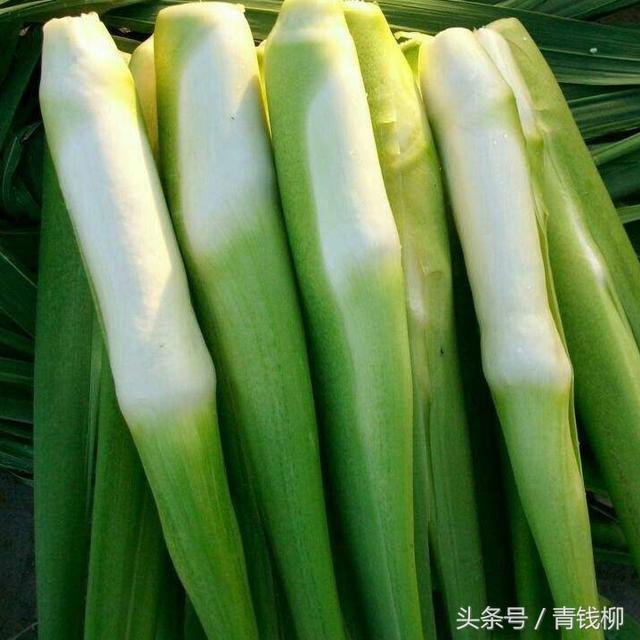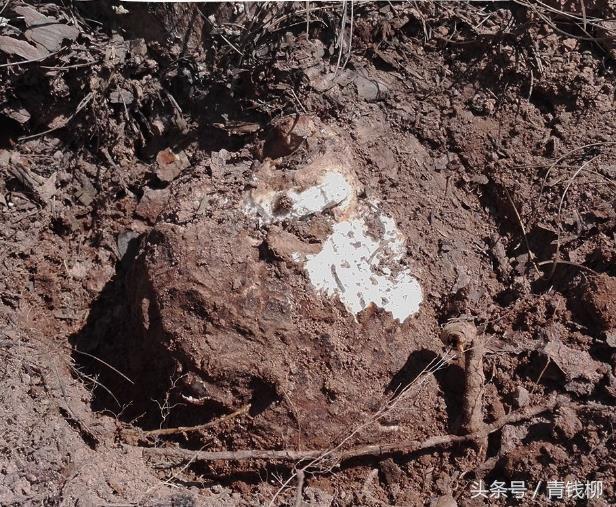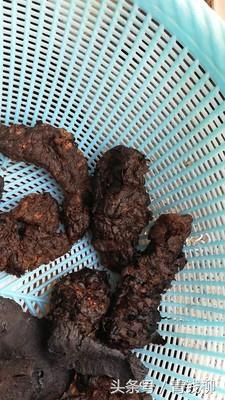Planting techniques of organic vegetables in greenhouse

Planting techniques of organic vegetables in greenhouse
1 Analysis of influencing factors of vegetable planting in greenhouse
1.1 be affected by harmful gases
The most essential difference between greenhouse vegetables and ordinary vegetables lies in the integration of manual management. Vegetables in greenhouse have been in a sealed environment for a long time, so its internal environment needs to be adjusted manually, and the growth of vegetables needs to be artificially controlled. However, artificial planting also has some disadvantages, such as lack of timely ventilation due to human negligence, or harmful gases produced by improper fertilization stay in the greenhouse, which will lead to poor growth of vegetables in the greenhouse. The increase of harmful gases in the greenhouse and poor air circulation will have a great impact on vegetables, such as root rot, foliar lesions and so on. Harmful gases in the shed are invisible to the naked eye, and even some growers are less aware of the threat of harmful gases to vegetables. In addition to the harmful gases produced by fertilization, carbon dioxide and nitrous acid are also harmful gases that affect the growth of vegetables, which will affect the quality of vegetables.
1.2 be affected by extreme weather
Disaster weather is easy to cause disease infection and disasters, which seriously affect the growth quality of vegetables. With the invasion of cold weather and strong cold air, the wind increases and the air temperature drops rapidly, which is very disadvantageous to the growth of vegetables in the greenhouse. If it is light, it will reduce the temperature in the greenhouse and stagnate the growth of vegetables. In serious cases, it will cause film damage and freezing damage. Foggy weather is also the main factor affecting vegetable production, sunshine intensity weakens, crop photosynthetic cooperation rate decreases, which is very easy to induce diseases. In addition, the humidity in the shed in foggy weather will also affect the efficiency of vegetable production. In addition, high temperature and bad weather will cause difficulties in watering water and other problems. once the temperature is too high, the water loss in the greenhouse will be intensified, the internal environment will be unbalanced, and it is easy to produce a large number of bacteria and harmful gases, which is not conducive to the growth of vegetables.
2 planting techniques of organic vegetables in greenhouse
2.1 Select the appropriate vegetable variety
It is necessary to select organic high-yield and high-efficiency vegetable varieties. Nowadays, there are many genetically modified vegetables, transgenic seedlings, these vegetable varieties have not been professionally identified and quality testing, growers should choose non-transgenic varieties when choosing vegetable varieties. The seedlings with better appearance should be selected and the roots, stems and leaves should grow more intact. In order to ensure that the vegetables planted in the greenhouse are organic, first of all, the seedlings without drug treatment should be selected, and the vegetables that have been tested by relevant institutions and successfully tested should be selected to ensure the safety and reliability of growing vegetables in the greenhouse.
2.2 Select a suitable planting base
Greenhouse vegetable warming takes solar radiation as the main source of energy, so the planting base should choose places with sufficient light so that crops can fully receive sunlight and carry out photosynthesis to promote plant growth. avoid using Shanfengkou, hillside and low-lying land as greenhouse vegetable fields. Usually, there are three requirements for land: 1) choose a relatively complete piece of land, and there can be no other conventional vegetables in the land, which can better ensure the balanced growth of organic vegetables in the greenhouse. 2) to separate organic vegetables from ordinary vegetables, in order to distinguish the two more clearly, a clear mark should be set up at the dividing line. 3) when planting organic vegetables, we must pay attention to the planning and management of the surrounding land, and we should set up some land around the vegetable planting land that can be transformed into organic land. This part of the land can not be planted at will, and can only be planted after it has been tested and qualified by the personnel of the relevant inspection institutions. Only by achieving the above three points, can we better achieve the sustainable development of organic vegetables in the greenhouse.
2.3 cultivation and management of vegetables
Vegetable cultivation management is also one of the key factors of organic vegetable cultivation in greenhouse. In order to better improve the planting quality and efficiency of organic vegetables, we should fully realize the importance of organic vegetable cultivation management. The cultivation technology should keep pace with the times and introduce some advanced modern management equipment in time. Only with perfect equipment and advanced technology, can we better improve the production of organic vegetables in the greenhouse.
2.4 rational fertilization
Organic vegetables in greenhouse have higher requirements for fertilizer, which requires fertilizers to strictly control the amount of fertilizer and types of fertilizer in the process of fertilizer use. The choice of organic vegetable fertilizer should give priority to pure natural fertilizer, such as animal manure, plant decay, etc., pure natural fertilizer is not only environmentally friendly, but also will not produce a large number of toxic substances harmful to human health. Scientific and rational fertilization is the key to improve the cultivation of organic vegetables in the greenhouse. When choosing fertilizers, we must put an end to the use of chemical synthetic fertilizers, but we can choose some special fertilizers certified by professional institutions. Only scientific fertilization can ensure the safety of organic vegetables.
(3) Green control techniques of diseases and insect pests of vegetables in greenhouse
3.1 Green pest prevention and control technology
3.1.1 Light trapping
Taking advantage of the phototaxis of insects, making insecticidal lamps to trap and kill pests is not only a very important physical control measure of agricultural pests, but also an important part of integrated control. At present, there are mainly two kinds of insecticidal lamps for crop pests: solar energy insecticidal lamp and electric insecticidal lamp. In the dark, the insecticidal lamp can emit a light source to lure pests to pounce on the light source and touch the high-voltage power grid outside the insecticidal lamp, thus killing pests. In the process of using insecticidal lamps, it is appropriate to choose in the open terrain. The use of insecticidal lamps to eliminate phototaxis pests, eliminate a large number of pests and do not cause pollution to the environment, this technology is easy to be used on a large scale.
3.1.2 Sex hormone trapping
Some chemicals related to sex communication secreted by insect pests are used to trap and kill male adults so as to control the reproduction of insect pests. At present, the synthetic sex hormone products include sexual attractants, sexual stimulants and sexual control agents. Among them, sex attractants can trap and kill specified species of pests, such as Spodoptera litura, Plutella xylostella and other male moths have a lot of lethality, one-time elimination of pests, control the reproduction of pests. However, due to the large number of insect pests and few sex pheromones, there are some limitations in the use of this method, so the research on other pests needs to be deepened.
3.1.3 Swatch trap
Make use of the chromotaxis of insects to make color plates to trap and kill pests. At present, there are two kinds of common color insecticidal boards: yellow and blue, such as Liriomyza huidobrensis, aphids, whitefly, and other pests. Yellow plate can be used to trap pests. It should be noted that oil should be applied to the color plate every 7 to 10 days to avoid affecting the trapping effect because the oil on the color plate is dry.
3.1.4 Anti-pest net killing
The insect-proof net made of small gauze net is used in combination with the greenhouse. The advantage of this technology is that on the one hand, it can effectively prevent pests from entering the greenhouse and prevent vegetables from being eroded by pests. On the other hand, it has good light and air permeability and does not affect the normal growth of vegetables.
3.2 Green comprehensive prevention and control technology for diseases
The green prevention and control of vegetable planting diseases are as follows: 1) according to the local soil conditions, geographical conditions and other factors, the selection of improved varieties of vegetables with high disease resistance, high quality and high yield and suitable for planting in this area is the basis for the prevention and control of vegetable diseases. 2) the matching of high ridge, narrow border and ditch digging is designed to make the border surface without stagnant water, even if it rains, it can quickly remove stagnant water, reduce the temperature in the shed, and avoid diseases. 3) after the previous crop harvest, the soil should be ploughed deeply in time, and it is best to turn the ploughed soil with sunlight for several days, so as to reduce the diseases in the soil. 4) implement crop rotation to prevent soil-borne diseases. 5) strengthen the field management and remove the infected plants in time to ensure the healthy growth of vegetables.
3.3 Ecological prevention and control techniques of diseases and insect pests
Ecological prevention and control mainly plays a preventive role, many areas will encounter strong winds, torrential rain, hail and other disaster weather, when encountered such bad weather, organic vegetables in the greenhouse will appear dew, greenhouse leakage and other conditions, and bad weather will also affect the air quality in the greenhouse. According to the relevant research results, diseases and insect pests are easy to occur in the acidic environment, so scientific and effective measures should be taken to control the acidity and alkalinity of the planting environment. Growers can spray alkaline substances on vegetable leaves properly, which can effectively reduce the occurrence probability of diseases and insect pests.
- Prev

High-yield cultivation techniques of Poria cocos in Dabie Mountain area
The high-yield cultivation technology of Poria cocos in Dabie Mountains Poria cocos, also known as Yunling and Songling, is a fungal plant parasitic on dry pine covered with soil layer. It belongs to the genus Basidiomycetes, Polypora, Polyporaceae, and is widely distributed in Anhui and Fu.
- Next

High-yield cultivation techniques of Rehmannia glutinosa with all-film ridge cultivation
High-yield cultivation techniques of full-film ridge cultivation of Radix Rehmanniae, Rehmannia glutinosa, kettle flower, mountain tobacco root, etc., are perennial medicinal plants of Scrophulariaceae. The plant is 10-30 cm high, and the surface of stems and leaves are densely covered with gray-white multicellular villi and glandular hairs. Rhizome meat.
Related
- Wuhan Hospital Iron Tree Blooming Result Was Instantly Frightened by the Gardener Master
- Which variety of camellia is the most fragrant and best? Which one do you like best?
- What is the small blue coat, the breeding methods and matters needing attention of the succulent plant
- Dormancy time and maintenance management of succulent plants during dormancy
- Minas succulent how to raise, Minas succulent plant pictures
- What are the varieties of winter succulent plants
- How to raise succulent plants in twelve rolls? let's take a look at some experience of breeding twelve rolls.
- Attention should be paid to water control for succulent plants during dormant period (winter and summer)
- Watering experience of twelve rolls of succulent plants
- Techniques for fertilizing succulent plants. An article will let you know how to fertilize succulent plants.

